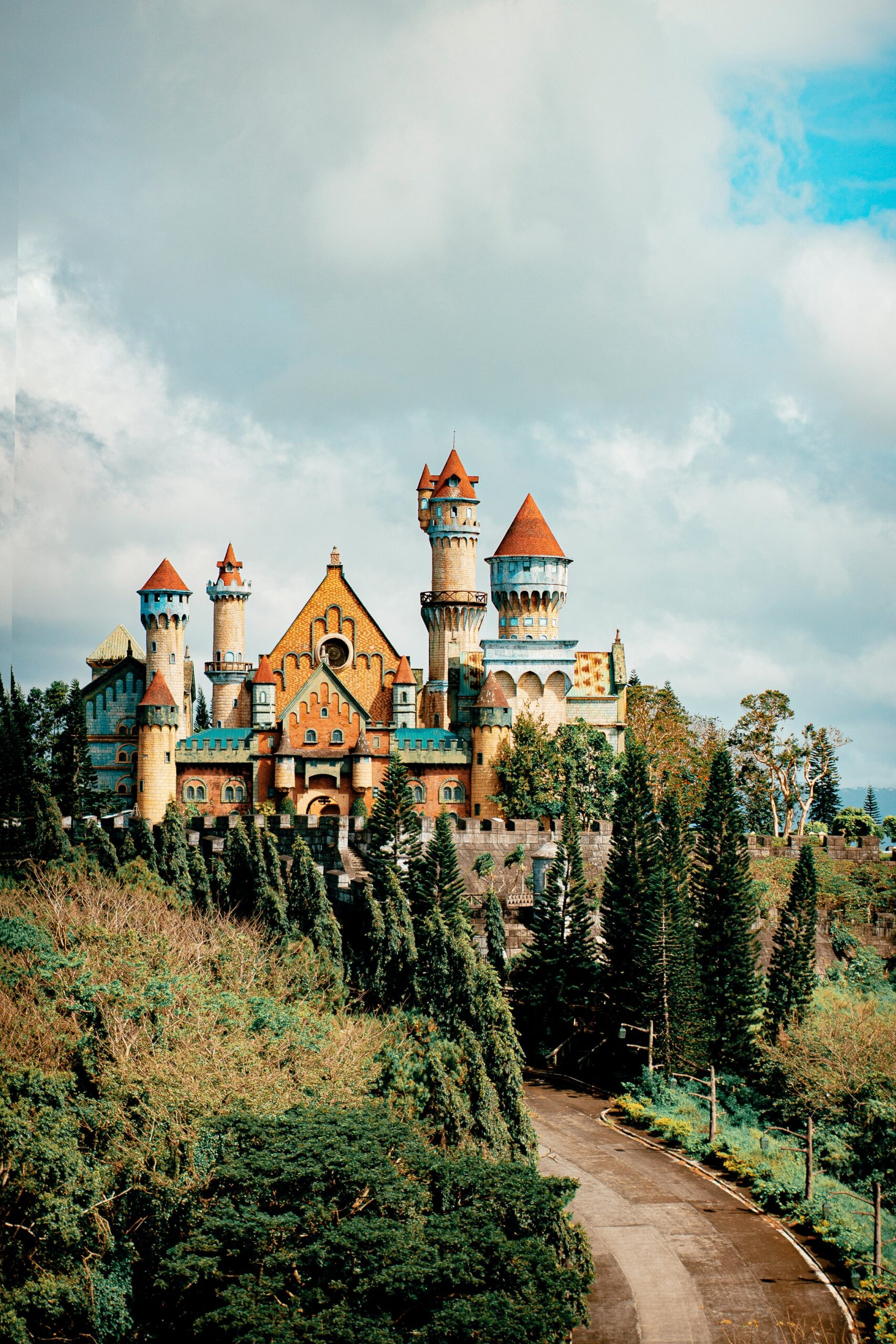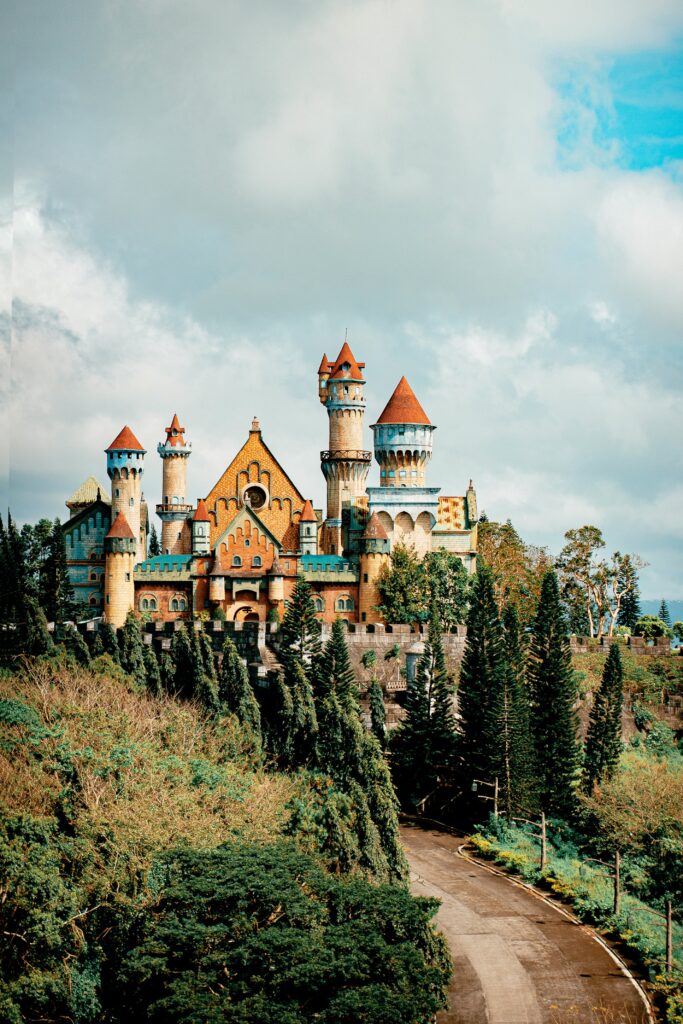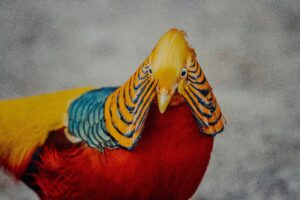
Spanish Poetry: Key Takeaways:
| Period/Movement | Major Forms |
|---|---|
| Golden Age Poetry | Sonnet, Ballad (Romance) |
| Modernismo | Modernist Poetry (Poetismo) |
| 20th Century and Beyond | Generation of ’27, Contemporary Poetry |
| Themes and Styles | Nature, Love and Passion, Social Commentary, Surrealism |
| Poetic Forms | Copla, Octosyllabic Verse |
Flamenco of Words: Exploring the Richness of Spanish Poetry
Spanish poetry, with its passionate rhythms and expressive lyricism, stands as a testament to the cultural and linguistic vibrancy of the Spanish-speaking world. Let’s dive into the enchanting world of Spanish poetry, where each verse is a melody and each stanza is a dance.
1. Golden Age Poetry (Siglo de Oro)
a. Sonnet (Soneto)
The sonnet, a revered form in Spanish Golden Age poetry, follows a strict structure of 14 lines with a specific rhyme scheme. Poets like Garcilaso de la Vega and Francisco de Quevedo crafted sonnets that explored themes of love, beauty, and philosophical introspection.
b. Ballad (Romance)
Ballads, known as romances, narrate tales of chivalry, love, and historical events. They often feature simple, rhythmic structures and were traditionally passed down orally.
2. Modernismo
a. Modernist Poetry (Poetismo)
The Modernismo movement, led by figures like Rubén Darío, embraced innovation in form and language. Modernist poets explored themes of exoticism, symbolism, and aestheticism, ushering in a new era of Spanish poetry.
3. 20th Century and Beyond
a. Generation of ’27 (Generación del 27)
This influential literary movement brought together poets like Federico García Lorca, Vicente Aleixandre, and Rafael Alberti. Their work reflected avant-garde experimentation, social commentary, and a profound connection to Spanish cultural heritage.
b. Contemporary Poetry
Contemporary Spanish poets, such as Ana Rossetti and Luis García Montero, continue to explore diverse themes and styles. Their poetry reflects the complexities of modern life, addressing social issues, identity, and the human experience.
Themes and Styles
a. Nature (Naturaleza)
Many Spanish poets draw inspiration from the beauty of nature, using vivid imagery to convey emotions and reflections. The natural landscape becomes a canvas for exploring love, melancholy, and spirituality.
b. Love and Passion (Amor y Pasión)
Spanish poetry is renowned for its passionate exploration of love. Poets often express intense emotions, whether in the form of romantic sonnets or verses celebrating the complexities of human connection.
c. Social Commentary (Crítica Social)
Throughout history, Spanish poets have been voices of social critique. They address societal injustices, political turmoil, and the human condition, providing a lens through which readers can reflect on the world around them.
d. Surrealism (Surrealismo)
Influenced by the Surrealist movement, some Spanish poets, including Federico García Lorca, embraced dreamlike imagery, symbolism, and the subconscious. Their works blur the lines between reality and fantasy.
Poetic Forms
a. Copla
The copla is a popular poetic form characterized by quatrains with alternate rhymes. It is often used in folk poetry and is known for its simplicity and musicality.
b. Octosyllabic Verse (Verso Octosilábico)
Many Spanish poems, particularly romances and traditional forms, feature octosyllabic verses. The eight-syllable lines contribute to the rhythmic flow and oral tradition of Spanish poetry.
Real-Life Expression
Scenario: Flamenco Poetry Performance
In a vibrant Flamenco performance.
Poet: Recites verses with rhythmic intensity, capturing the essence of love and longing. Guitarist: Plays a soulful melody, intertwining with the cadence of the poetry. Dancer: Expresses emotions through passionate movements, embodying the spirit of the poetic verses.
In this scenario, Flamenco poetry comes to life, blending words, music, and dance in a captivating and emotional performance.
Conclusion: A Symphony of Expression
Spanish poetry, from its classical roots to contemporary expressions, weaves a tapestry of emotions, cultural identity, and artistic innovation. Each stanza is a brushstroke, painting vivid images of love, nature, and the human experience. As the language dances on the lips of poets, Spanish poetry remains a timeless celebration of the beauty and complexity of life.
Read more about spanish poetry
Looking for the place where this picture was taken?
Comment on our instagram and we will reply.




